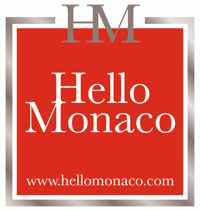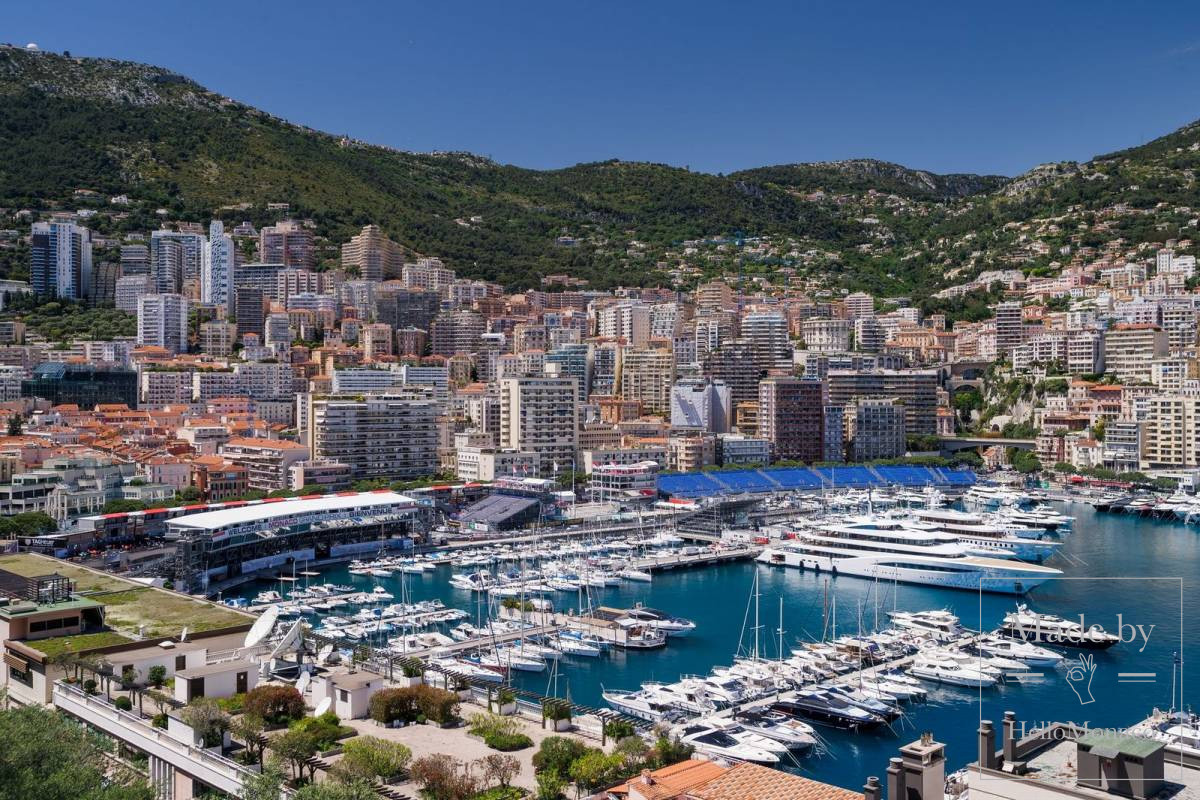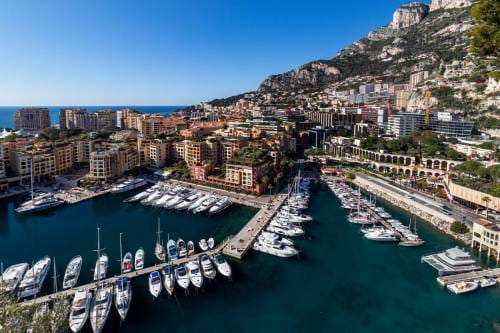The Principality has a population as diverse as its reputation is prestigious. IMSEE, Monaco’s statistical institute, has unveiled its 2023 Census Report, shedding light on the nation’s demographics and housing. With a total resident population of just short of 40.000 the report answers intriguing questions about nationality, age, gender, housing, and recent migration.
Top 5 Nationalities in Monaco
Monaco’s cosmopolitan character is evident in the diversity of its residents. The top five nationalities are:
1. Monegasque (Monaco nationals)
2. French
3. Italian
4. British and
5. Swiss
This distribution highlights the Principality’s strong ties to European neighbours and its appeal to individuals from affluent backgrounds.
Gender Distribution: More Women Than Men
The report confirms a slight gender imbalance, with women outnumbering men in the population. This trend is consistent with Monaco’s status as a destination for retirees, as women tend to have a higher life expectancy than men.
The Average Age of Residents
The population of Monaco is relatively mature, with an average age of 44.3 years. This reflects the Principality’s appeal to older, affluent individuals, including retirees, but also highlights a thriving professional community.
Recent Migration:
Where New Residents Are Coming From
In recent years, Monaco has attracted new residents primarily from neighbouring France and Italy, as well as the United Kingdom. These countries account for the majority of new arrivals, drawn sometimes by Monaco’s favourable tax policies (even though new French residents are taxed by France ) but also by climate, and particularly quality of life.
Monte-Carlo: The Heart of Housing
Monte-Carlo remains Monaco’s most iconic district, and unsurprisingly, a significant share of housing—35%—is concentrated in this area. Known for its luxury apartments and proximity to landmarks like the Casino and the Grand Prix circuit, Monte-Carlo epitomizes the glamour of living in Monaco.

Other Fascinating Findings
• High Housing Density: Monaco’s small size and premium real estate market mean that housing density is among the highest in the world.
• International Community: Over 70% of Monaco’s residents are non-Monegasque, underlining the Principality’s global appeal.
• Sustainability in Focus: With the growing population, urban planning efforts are focused on sustainability and efficient land use, vital in a country that spans just 2.1 square kilometers.
A Modern Census Methodology
This year’s census marks a shift in methodology, with IMSEE utilizing data from registers maintained by Monaco City Hall and various state departments. This new approach eliminates the need for exhaustive field surveys, enabling more accurate and up-to-date insights into the Principality’s population and housing.
The Economy in the First Quarter of 2024
Monaco’s economy showed a 10% decline in turnover during the first quarter of 2024, a figure that might initially seem concerning. However, as highlighted by IMSEE during a Monaco Economic Board presentation, this decline is contextualized by the fact that it represents the second-highest first-quarter result in the Principality’s history. The drop is largely attributed to the completion of major construction projects, which led to a predictable reduction in associated turnover. Additionally, wholesale trade, a significant contributor to Monaco’s economy, has been adjusting to the cooling of inflation rates after previous years of price-driven growth. Despite these challenges, the foreign trade sector continues to demonstrate resilience, nearing €1 billion in the quarter, with the EU maintaining its status as Monaco’s largest trade partner, albeit with a slight decrease in its overall share. These figures reflect the complexity and adaptability of Monaco’s economic landscape, showcasing a solid performance even amid sectoral shifts.
For those curious to dive deeper, check out the IMSEE website. These findings paint a vivid picture of Monaco’s vibrant, diverse, and dynamic community, confirming its unique position on the world stage.









